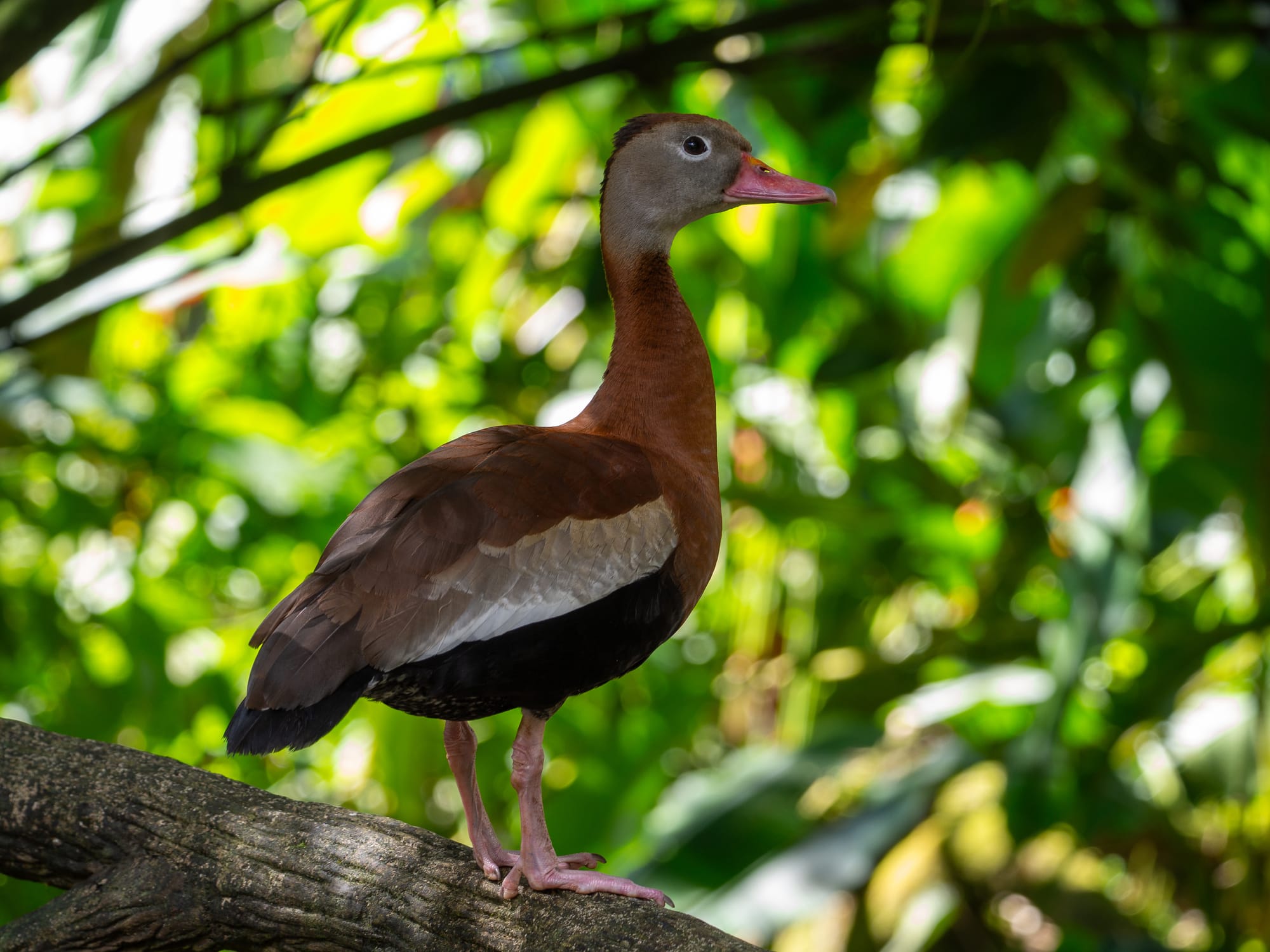Mastering Aperture: Shaping Light, Focus, and Creativity

Welcome back to Paul's Camera Chronicles! Today, we’re diving deep into aperture, one of photography’s most versatile tools. Whether you’re shooting dreamy portraits, sharp landscapes, or creative bokeh-filled images, understanding aperture will revolutionize your work.
What is Aperture?
Aperture refers to the adjustable opening in your lens that controls how much light enters the camera. It’s measured in f-stops (e.g., f/1.8, f/8, f/22):
- Lower f-stops = larger opening, more light, and shallow depth of field.
- Higher f-stops = smaller opening, less light, and deeper focus.
Aperture itself is a ratio, defined by the f-stop number:
$$\text{f-stop} = \frac{Focal\ Length}{Aperture\ Diameter}$$
For example, if you’re using a 50mm lens with an aperture set to f/2, the diameter of the opening is:
$$50 \, \text{mm} \div 2 = 25 \, \text{mm}$$
This relationship explains why larger focal length lenses (like a 200mm telephoto) often have physically larger aperture openings to achieve the same f-stop. Conversely, smaller lenses, such as those on smartphones, can have small openings and still achieve low f-stops.
Understanding this helps when selecting lenses. Larger maximum apertures (like f/1.4) are physically larger, heavier, and often more expensive due to this design.
Why Aperture Matters
Light Control
Wide apertures allow for brighter exposures in low light. Narrow apertures are perfect for well-lit scenes or reducing overexposure.
Depth of Field
Shallow Depth of Field: Wide apertures (like f/1.8) isolate your subject by beautifully blurring the background, a phenomenon known as bokeh. This is perfect for portraits, food, and macro photography.
Deep Depth of Field: Narrow apertures (like f/16) bring everything into sharp focus, essential for landscapes or architectural shots.
DoF can be calculated using:
$$\text{DoF} = 2 \cdot \frac{(f^2) \cdot N \cdot C}{(f \cdot D)^2}$$
Where:
- f: Focal length
- N: Aperture number (f-stop)
- C: Circle of confusion (depends on sensor size)
- D: Distance to the subject
Let’s calculate the Depth of Field (DoF) using my favorite portrait lens, the Panasonic Leica DG Summilux 25mm f/1.4, with the following parameters:
- Focal Length: 25mm
- Aperture: f/1.4
- Subject Distance: 2 meters
- Circle of Confusion (CoC): 0.015mm (Micro Four Thirds sensor)
For this setup, the total DoF is approximately 0.12 meters (12 cm).
- In front of the focus point: ~6 cm
- Behind the focus point: ~6 cm
This demonstrates the shallow DoF achievable at wide apertures, making this lens ideal for portraits with creamy bokeh.
Online calculators like DOFMaster can simplify these calculations further.
Creative Expression
Aperture helps you craft mood. Soft, out-of-focus backgrounds lend a dreamlike quality, while deep focus can emphasize intricate details.
Bokeh and Lens Effects
Bokeh refers to the aesthetic quality of the blurred areas in your image. Wide apertures and lenses with circular aperture blades produce smooth, pleasing bokeh that enhances highlights and textures in the background.

Practical Aperture Tips
Portraits: Use f/1.8 to f/2.8 for a sharp subject with a creamy, blurred background. Prime lenses like 50mm or 85mm are fantastic for this.
Landscapes: Opt for f/11 to f/16 to capture detailed, sharp imagery across the frame. Pair with a sturdy tripod to handle longer exposure times.
Low Light: Shoot at f/2.8 or lower to maximize light intake. Combine this with higher ISO if needed, but watch out for noise.
Macro and Close-Ups: Use wide apertures (f/2.8–f/4) to emphasize your subject and blur distractions. For greater detail, stop down to f/8 for more in-focus areas.
Playing with Bokeh: Incorporate lights or reflective surfaces in the background. Wide apertures will transform them into soft, glowing orbs, creating a magical effect.
Aperture Priority Mode
Most cameras feature an Aperture Priority mode, often labeled A or Av on the mode dial. This setting lets you manually control the aperture while the camera adjusts the shutter speed automatically, balancing your exposure.
To use it:
- Turn the mode dial to A/Av.
- Rotate the control dial to adjust the aperture.
- Watch how the camera compensates with shutter speed as you change the f-stop.
This mode is perfect for experimenting with depth of field and bokeh without worrying about exposure adjustments.
Final Thoughts
Mastering aperture is about blending light, focus, and creativity to tell a story. Whether you’re creating dreamy bokeh-filled portraits or crisp landscapes, this tool gives you artistic control over your images. Experiment with different f-stops, and see how aperture shapes your photography.
Recommended Reads: Mastering ISO
Happy shooting!




